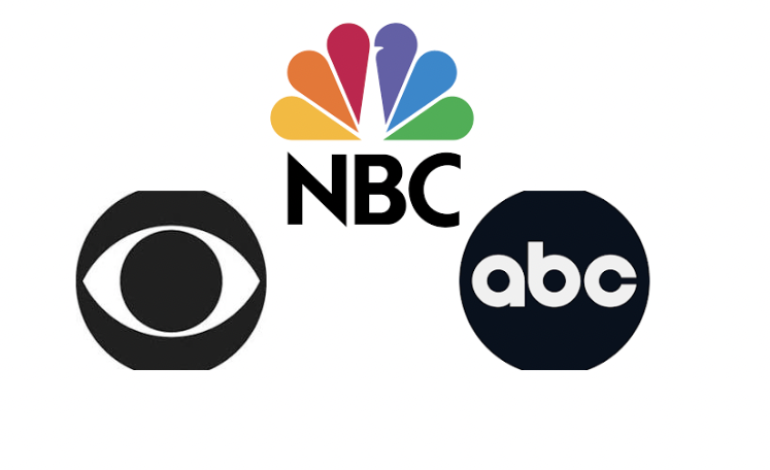

According to The Hollywood Reporter, network broadcasters experienced a lot of fall lineup disruptions and had to make atypical television schedules. The networks dealt with similar disruptions in 2020 due to COVID-19, which halted production.
The cause of this year’s issues was the Writers Guild of America and SAG-AFTRA labor strikes that lasted from May until November. The WGA reached a deal with AMPTP in September and SAG-AFTRA reached a deal in November. This led to the lack of series like Young Sheldon, Chicago Fire, and Abbott Elementary being absent from the fall lineup.
According to The Hollywood Reporter, both ABC and NBC were able to hold decent ratings by airing a lot of primetime football, with ABC improving each year and NBC only falling behind by about 4% among adults 18-49 and about 7% among adults 25-54.
Along with ESPN, ABC ran a full season of Monday Night Football, which averaged over 10 million viewers, according to The Hollywood Reporter. ABC reportedly received a seven-day average of 4.13 million Monday night viewers in the fall of last year.
NBC aired Sunday Night Football, which averaged about 19.6 million viewers each game. This is a 10% improvement from last year for the network. The improvement is also thanks to NBC running Big Ten and Notre Dame Saturday night football games.
According to The Hollywood Reporter, without NFL games, Fox and CBS have dropped 26% and 32% in viewership since the previous fall season. The two networks also dropped a large percentage among adults 18-49 and 25-54.
The primetime viewer averages for the fall of 2023 were 4.68 million for ABC, 4.05 million for CBS, 3.42 million for Fox, and 6.50 million for NBC. In the fall of 2022, the primetime viewer averages were 4.07 million for ABC, 5.96 million for CBS, 4.66 million for Fox, and 6.77 million for NBC.
Networks are going to be able to air the typical scripted series in January and February, a time of year that usually brings in high ratings.
